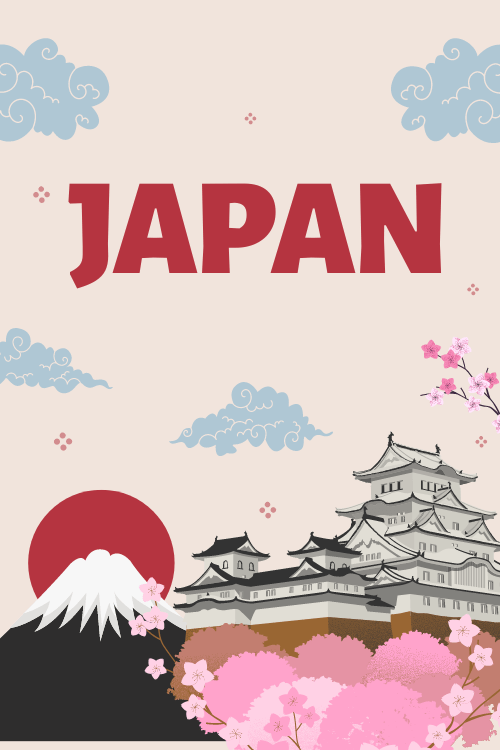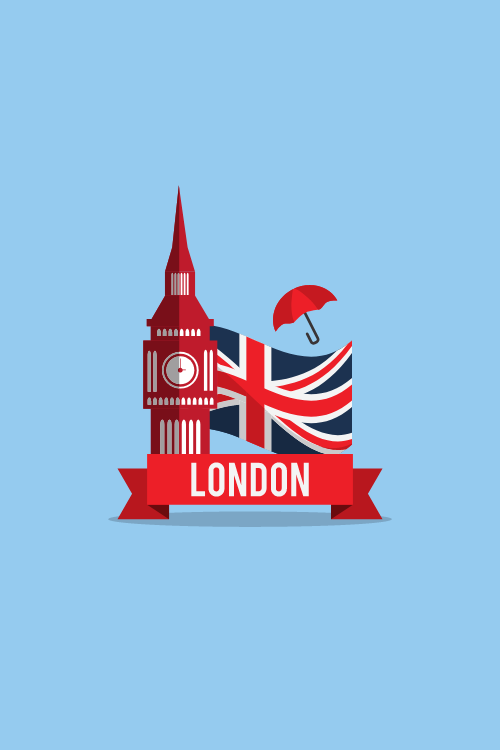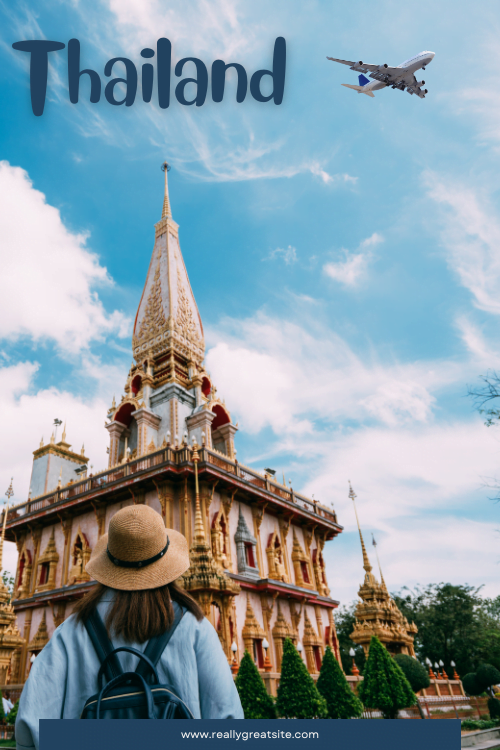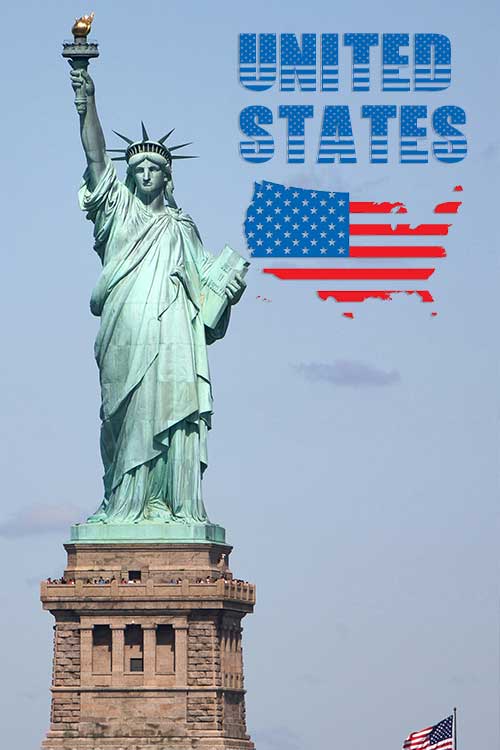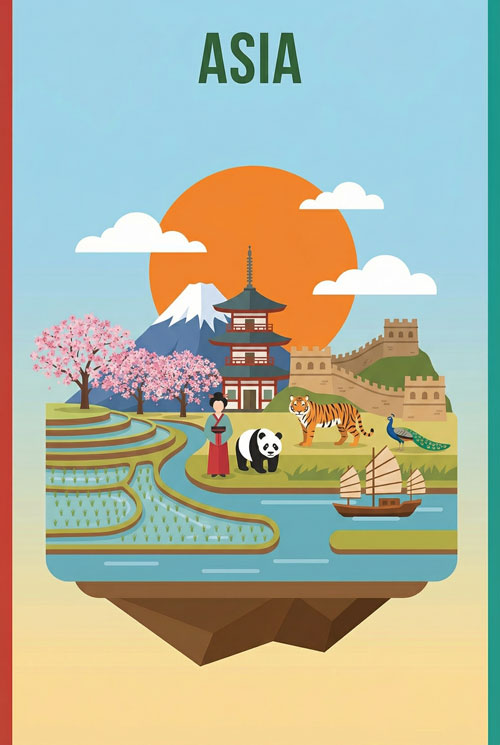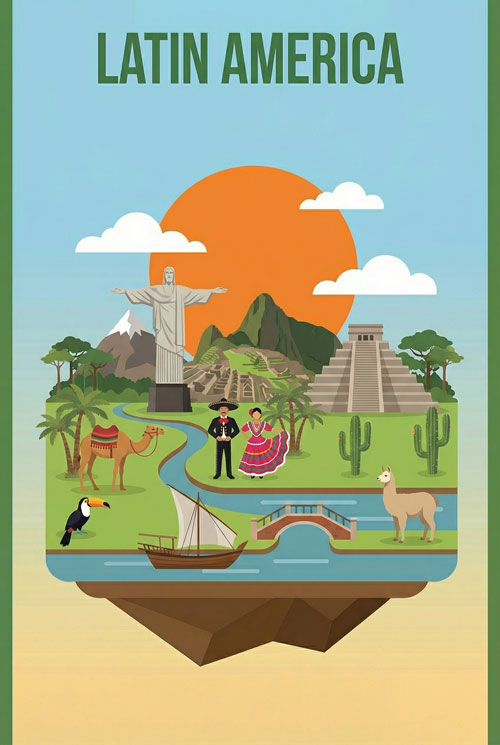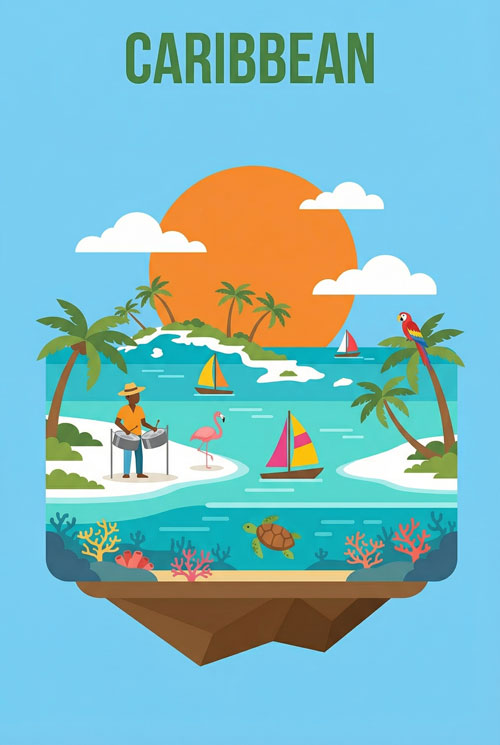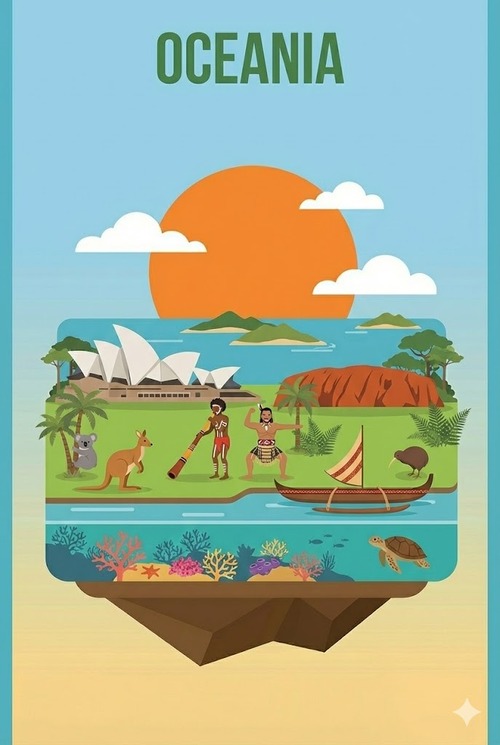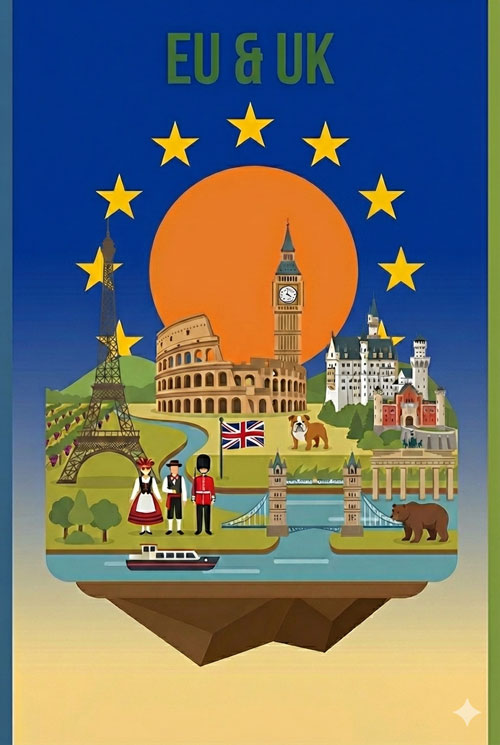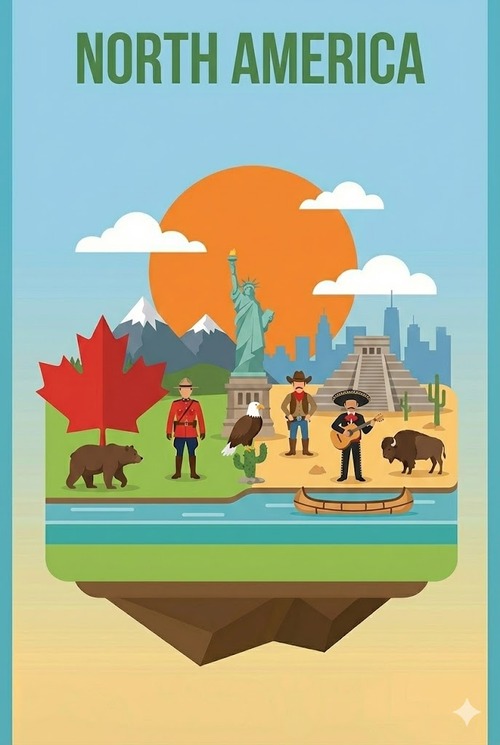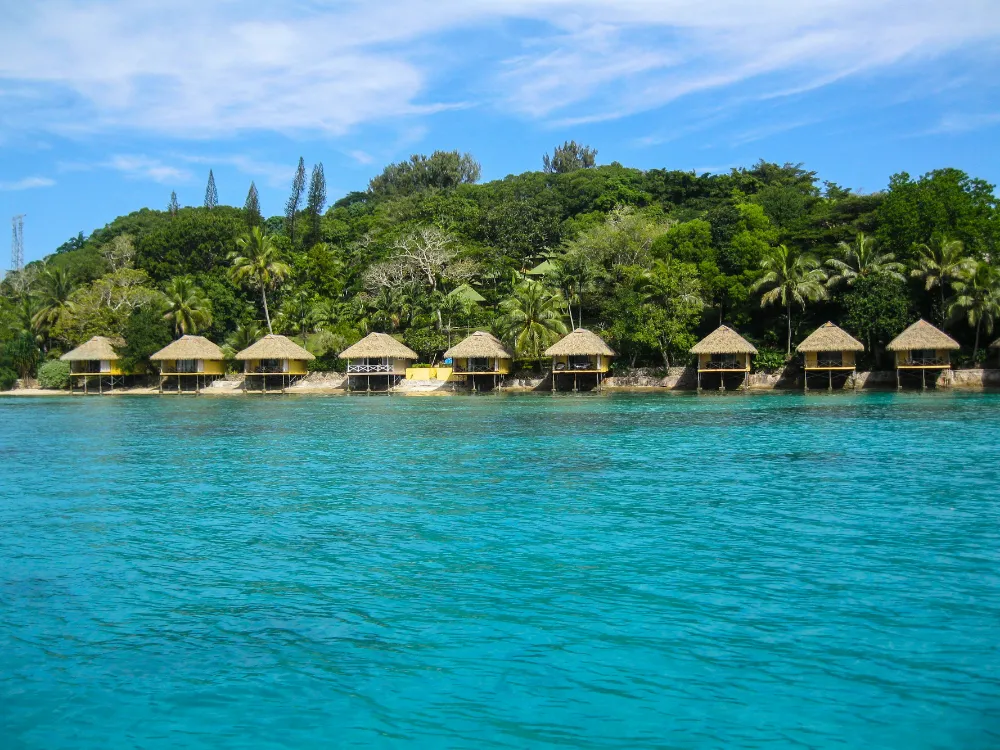eSIM Vanuatu
The Best Time to Visit Vanuatu: Everything You Need To Know
Planning a trip to this chain of 83 islands requires an understanding of its distinct seasons, regional climates, and vibrant cultural calendar.
The best time to visit Vanuatu for ideal weather and a wide range of activities is during the dry season’s shoulder months: May, early June, and September. These months offer the perfect balance of sunny skies, comfortable temperatures, fewer crowds, and lower prices.
This comprehensive guide provides a detailed analysis to help every type of traveler find their perfect time to experience Vanuatu. It offers a quick guide for various travel styles, a detailed month-by-month breakdown of conditions, specific advice based on regional climate differences, and a full calendar of the nation’s most captivating events.
When Is the Perfect Time to Go?
For the ultimate Vanuatu experience, aim for the shoulder months. This sweet spot combines the best weather with fewer crowds and better prices, making it ideal for most travelers.
May
Pleasant weather as the dry season begins.
Early June
Ideal conditions before the peak season.
September
Sunny, dry days after the winter crowds depart.
Vanuatu’s Climate Rhythm
Vanuatu has two main seasons, with transitional “shoulder” periods offering the best of both worlds.
Wet Season
Nov – Mar
Lush, green landscapes and lower prices, but with rain, humidity, and cyclone risk.
Shoulder Season
Apr – Jun, Sep – Oct
The “sweet spot” with great weather, fewer crowds, and better value.
Dry Season
Apr – Oct
Sunny, cool, and dry. Perfect for all activities but sees peak crowds and prices in July-Aug.
A Monthly Deep Dive
Visualize the shifts in weather throughout the year to plan your trip with precision. The charts below show average temperatures and rainfall days, highlighting the distinct wet and dry seasons.
Average Temperature (°C)
Average Rainfall Days
Find Your Perfect Trip
Different travel styles call for different timing. Here’s a quick guide to help you choose the best months for your kind of holiday.
Romantic Honeymoon
Best: April to September
Enjoy serene, pleasant weather with fewer crowds, especially in the shoulder months of May and September.
Family Holiday
Best: April to September
Calm, clear waters and sunny days during the dry season are perfect for kid-friendly activities like snorkeling.
Budget Backpacking
Best: February to March
This is the low season, offering the cheapest prices. Be prepared for rain and humidity.
Diving & Snorkeling
Best: April to September
The dry season brings calmer seas and much better underwater visibility for exploring reefs and wrecks.
Surfing
Best: October to May
This window captures consistent southern swells and more powerful northern cyclone swells for all skill levels.
Hiking & Volcanoes
Best: May to October
Cooler, drier weather is essential for safely and comfortably trekking Mt. Yasur and other trails.
A Tale of Two Climates
Vanuatu’s 1,300km length creates distinct climate zones. Plan your itinerary according to where you want to go.
Northern Islands
(Espiritu Santo, Pentecost)
Hot and humid year-round with no true dry season. Rainfall is highest, but dips from July to September, making this the most comfortable time to visit for diving and exploration.
Southern Islands
(Efate, Tanna)
A more defined climate with a hot, wet season (Dec-Mar) and a cooler, dry season (May-Oct). The dry season is ideal for hiking volcanoes and exploring the capital, Port Vila.
A Year of Celebration
Immerse yourself in *kastom* (local culture) by planning your trip around one of Vanuatu’s unique and vibrant festivals.
Feb
John Frum Day
A fascinating cargo cult festival on Tanna Island with military-style parades.
Apr
Naghol Land Diving
World-famous rite-of-passage on Pentecost Island (runs to June). A must-see spectacle.
Jul
Yam & Magic Festival
On Ambrym Island, this event celebrates the yam with traditional dancing and magic displays.
Oct
Fest’Napuan Music Fest
One of the Pacific’s largest music festivals, held over several days in Port Vila.
Vanuatu: Find Your Perfect Time to Go
To simplify planning, this section provides immediate, tailored recommendations based on travel priorities and a clear overview of Vanuatu’s seasonal patterns. This allows for quick decision-making before diving into the more granular monthly details.
Best Time to Visit Vanuatu Based on Your Travel Style
Different travel priorities demand different timing. A honeymooning couple may seek tranquility, while a family might prioritize calm seas and a lively atmosphere. The following table synthesizes data on weather, crowds, and activities to provide targeted advice for every kind of visitor.
| Travel Style | Best Months | Why It’s Ideal | Key Activities | Good-to-Know |
| Romantic Honeymoon | April to September | Pleasant weather with fewer crowds outside of the July peak, creating a serene atmosphere. | Private beach picnics, sunset cruises, staying in overwater bungalows. | The shoulder months of May and September offer the best combination of great weather and privacy. |
| Family Holiday | April to September | The dry season offers calm, clear waters and sunny days perfect for children’s activities. | Snorkeling at Hideaway Island, visiting Mele Cascades, exploring local markets. | The June-July period coincides with Australian and New Zealand school holidays, leading to more crowds but also more family-friendly activities. |
| Budget Backpacking | February to March | This is the low season, offering the cheapest prices for accommodation and tours. | Exploring local villages, hiking to waterfalls, enjoying the lush landscapes. | This is the wet season, so expect rain showers and high humidity. The risk of cyclones is also highest. |
| Diving & Snorkeling | April to September | The dry season brings calmer seas and significantly better underwater visibility. | Diving the SS President Coolidge wreck, exploring the Blue Cave, snorkeling coral reefs. | Water temperatures remain warm year-round, averaging 22∘C to 28∘C. |
| Surfing | October to May | This period captures the end of the southern swell season and the beginning of cyclone swells from the north. | Surfing breaks at Pango Point, Erakor Island, and other spots on Efate. | The most consistent and clean swells occur from March to December, but the wet season can bring larger, more unpredictable waves for advanced surfers. |
| Hiking & Adventure | May to October | The cooler, drier weather is essential for safely and comfortably hiking volcanoes and rainforest trails. | Trekking to the rim of Mount Yasur volcano on Tanna, exploring Ambrym’s volcanic landscape. | The wet season can make trails muddy and treacherous. |
| Cultural Immersion | April to June | This is the non-negotiable window to witness the world-famous Naghol (Land Diving) festival on Pentecost Island. | Attending the Naghol, visiting cultural villages like Ekasup, exploring local markets. | Many other unique festivals occur throughout the year, including in July and November. |
Vanuatu’s Seasons: Pros and Cons
Vanuatu’s climate is broadly divided into two main seasons, with transitional shoulder periods offering a blend of the best characteristics of each.
- Dry Season (April–October): Characterized by warm, sunny days, lower humidity, and minimal rainfall, this is the most popular time to visit. Sea conditions are calm, making it perfect for water activities. The season’s main draw is the Naghol land diving festival from April to June. The primary drawback is the peak tourist influx and higher prices, especially from mid-June to July, which aligns with regional school holidays.
- Wet Season (November–March): This season brings higher humidity, frequent (though often brief) rain showers, and warmer temperatures. It is also the official cyclone season, with the highest risk from December to April. The advantages are significantly lower prices, fewer tourists, and incredibly lush, green landscapes with flowing waterfalls.
- Shoulder Seasons (May-early June, September-November): These months represent the “sweet spot” for many travelers. They combine the pleasant weather of the dry season with the lower crowds and better value of the low season, offering an ideal balance for a relaxing and activity-filled holiday.
A Month-by-Month Guide to Vanuatu: Weather, Costs & Events
For those planning with precision, this detailed monthly breakdown provides specific data on what to expect throughout the year. It covers weather patterns, crowd levels, and key events to help you pinpoint the perfect time for your visit.
Vanuatu Monthly Planner
| Month | Avg. Temp ($^{\circ}C/^{\circ}$F) | Avg. Rainfall Days | Tourist Crowds | Estimated Costs | Key Events & Activities |
| January | 28∘C / 82∘F | 18 | High | High | Swimming, snorkeling, cyclone risk awareness. |
| February | 28∘C / 82∘F | 17 | Low | Low | John Frum Day (Tanna), budget travel. |
| March | 27∘C / 81∘F | 18 | Medium | Medium | Lush landscapes, visiting waterfalls. |
| April | 27∘C / 81∘F | 15 | Medium | Medium | Naghol Land Diving begins, transition to dry season. |
| May | 26∘C / 79∘F | 10 | Low | Medium | Naghol Land Diving, ideal weather, fewer crowds. |
| June | 25∘C / 77∘F | 8 | Low-Medium | Low | Naghol Land Diving ends, start of peak season. |
| July | 24∘C / 76∘F | 8 | High | Low | Yam & Magic Festival, Maskelyne Canoe Race, peak season. |
| August | 24∘C / 76∘F | 7 | High | Low | Toka Festival, driest month, great for all outdoor activities. |
| September | 25∘C / 77∘F | 7 | Medium | Medium | Ideal shoulder month, turtle nesting begins. |
| October | 26∘C / 79∘F | 9 | Medium | Medium | Fest’Napuan Music Festival, great for diving. |
| November | 27∘C / 81∘F | 12 | Low | Medium | St. Andrew’s Day Festival, transition to wet season. |
| December | 28∘C / 82∘F | 16 | High | High | Holiday season crowds, start of cyclone season. |
Vanuatu in January
January is hot, humid, and marks the peak of the wet season. Despite the high chance of rain and the official start of the cyclone season, it is a high season for tourism due to summer holidays in Australia and New Zealand. Activities are best focused on the water, such as swimming and snorkeling, or indoor attractions like the Vanuatu National Museum.
Vanuatu in February
The weather remains hot and wet, but the holiday crowds disperse, making February one of the cheapest months to visit. This makes it an excellent time for budget-conscious travelers. A unique cultural highlight is John Frum Day on Tanna Island (February 15), a fascinating cargo cult ceremony featuring a military-style parade with wooden rifles.
Vanuatu in March
As the wet season continues, March sees some of the year’s heaviest rainfall, especially in the northern islands. The landscape is exceptionally green and vibrant. It’s a good time for visiting thunderous waterfalls, but outdoor plans should remain flexible.
Vanuatu in April
April marks the transition from wet to dry season. Rainfall lessens, sunny days become more frequent, and humidity begins to drop. This month is a major cultural touchstone, as it marks the beginning of the Naghol Land Diving festival on Pentecost Island every Saturday, a powerful rite-of-passage ceremony that inspired modern bungee jumping.
Vanuatu in May
May is arguably one of the best months to visit. As a prime shoulder month, it offers the fantastic weather of the dry season without the peak-season crowds. The land diving festival is in full swing, and conditions are perfect for hiking, diving, and beach-going.
Vanuatu in June
The dry season is fully established, with cool, pleasant weather and minimal humidity. The Naghol festival continues on Saturdays until the end of the month. Tourist numbers begin to climb towards the end of the month as regional school holidays approach.
Vanuatu in July
July is the heart of both the dry season and the peak tourist season. The weather is ideal, but expect higher prices and more people, particularly in popular areas like Port Vila and Espiritu Santo. It’s a culturally rich month, hosting the Yam & Magic Festival on Ambrym and the Maskelyne Canoe Race and Arts Festival.
Vanuatu in August
August is typically the coolest and driest month of the year, offering perfect conditions for any outdoor activity. Crowds remain high due to the excellent weather and ongoing holidays. On Tanna, the multi-day Toka Festival, a celebration of custom and alliance, sometimes takes place in August.
Vanuatu in September
As the regional holidays end, the crowds disperse, making September the second prime shoulder month. Visitors can enjoy the excellent dry-season weather without the peak-season rush. It’s an ideal time for all activities and marks the start of the nesting season for hawksbill and green turtles, offering a chance for a rare wildlife encounter.
Vanuatu in October
The weather remains pleasant as the dry season winds down. October is another great month for travel, with moderate crowds and good conditions for diving and snorkeling. In Port Vila, the Fest’Napuan music festival brings together artists from across the Pacific for several days of free concerts.
Vanuatu in November
November is a transitional month as humidity and the chance of rain begin to increase. It is one of the quietest times to visit, perfect for those seeking tranquility. On the islands of Rah and Mota Lava, the St. Andrew’s Day Festival (November 29) is a vibrant, three-day celebration blending Christian and traditional customs.
Vanuatu in December
The wet season returns, bringing hotter, more humid conditions. Despite the weather, December is a high season due to Christmas and New Year’s holidays. While a festive time to visit, it is also the official start of the tropical cyclone season, so travelers should monitor weather forecasts closely.
When’s the Best Time to Visit Vanuatu?
Find your perfect travel season with this quick quiz!
Your ideal time to visit is…

Stay Connected in Vanuatu!
Get affordable mobile data and avoid expensive roaming fees on your trip with an eSIM. Instant delivery, easy setup.
Get Your Vanuatu eSIMA Tale of Two Climates: Best Time to Visit by Region
A critical factor often overlooked in general travel advice is Vanuatu’s significant regional climate variation. The archipelago stretches over 1,300 km from north to south, resulting in two distinct climate zones that can influence the ideal timing for a visit, particularly during the wet and transitional seasons. Understanding these differences allows for more strategic itinerary planning.
The Northern Islands (Espiritu Santo, Pentecost, Malakula)
The northern islands experience a hot and humid equatorial climate. This means they receive substantial rainfall year-round, with no truly “dry” season. Rainfall can reach up to 4,000 mm annually, and even the least rainy months of July and August still see around 200 mm of precipitation.
The best time to visit this region is from July to September. During these months, rainfall is at its lowest point for the year, and the humidity is slightly more manageable, making it the most comfortable period for activities like diving the famous SS President Coolidge wreck off Espiritu Santo or exploring the unique cultures of Malakula. For those wishing to see the land diving, a visit between April and June is necessary, but they should be prepared for rain on Pentecost Island.
The Central & Southern Islands (Efate, Tanna, Aneityum)
The central and southern islands, including the main island of Efate (home to the capital, Port Vila) and Tanna, have a more defined tropical climate. This zone features a distinct hot, wet season from December to March and a cooler, drier season from May to October.
The best time to visit this region is from April to October. The weather is fantastic, with plenty of sunshine and comfortable temperatures ideal for exploring Port Vila’s markets, hiking to the rim of the active Mount Yasur volcano on Tanna, or relaxing on the pristine beaches of Aneityum. The shoulder months of May and September are particularly optimal, offering the best weather with fewer crowds.
Planning Your Trip Around Vanuatu’s Top Activities
For travelers with a specific passion, timing is everything. Whether you are an avid diver, a dedicated surfer, or a cultural enthusiast, aligning your visit with the best conditions is key to a successful trip.
For Divers and Snorkelers
The prime time for underwater exploration is during the dry season, from April to October. During these months, the seas are generally calmer and there is less rainfall runoff from the islands, resulting in significantly better underwater visibility. This provides perfect conditions for experiencing world-class sites like the wreck of the SS President Coolidge off Espiritu Santo, the unique underwater post office at Hideaway Island, and the ethereal light of the Blue Cave.
For Surfers
Vanuatu offers surfing opportunities year-round, but the nature of the swells changes with the seasons. The most consistent, clean southern swells arrive between March and December. However, many sources point to the period from October to May as a prime window, as it captures both these southern swells and larger, more powerful swells generated by low-pressure systems in the north during the wet season. For most surfers, the dry season offers reliable conditions. For advanced surfers seeking bigger waves, the wet season can deliver, but it comes with the risk of unpredictable weather and cyclones.
For Hikers and Volcano Trekkers
The dry season, from May to October, is essential for any serious hiking or trekking. The cooler temperatures and lower humidity make for a more pleasant experience, and the drier ground ensures trails are safer and less muddy. This is particularly crucial for those planning to visit Vanuatu’s active volcanoes, such as the accessible and spectacular Mount Yasur on Tanna or the more remote Mount Marum on Ambrym.
For Cultural Festivals
For those wishing to witness the awe-inspiring Naghol Land Diving, a visit between April and June is non-negotiable. The ceremony takes place every Saturday on Pentecost Island during this period and is a major cultural draw. Beyond this single event, Vanuatu’s cultural calendar is rich. A broader view reveals that unique festivals celebrating yams, local alliances, and cultural arts occur throughout the year, with notable events in July, August, and November.
Vanuatu’s Definitive Events & Festivals Calendar
To fully immerse in the vibrant local culture, known as kastom, planning a trip around one of Vanuatu’s unique festivals is highly recommended. This calendar synthesizes events mentioned across multiple sources to provide a comprehensive resource.
- February 15: John Frum Day (Tanna Island)
A fascinating cargo cult festival where followers hold a military-style parade in the belief that a mythical American WWII soldier will return, bringing wealth and prosperity. - April – June (Saturdays): Nagol Land Diving (Pentecost Island)
The world-renowned rite-of-passage where men jump from tall wooden towers with vines tied to their ankles. It is a powerful spectacle tied to the yam harvest and fertility. - July: Maskelyne Canoe Race and Arts Festival (Maskelyne Islands)
A two-day festival showcasing traditional sailing canoes, custom dances, and local food. - July: Yam & Magic Festival (Ambrym Island)
A celebration of the importance of the yam, featuring traditional dancing, feasts, and displays of the island’s famous ritual magic. - July 30: Independence Day (Nationwide)
Vanuatu celebrates its independence from Britain and France with parades, music, dancing, and feasts across all islands. - August: Toka Festival (Tanna Island)
A major cultural event that can last for days, celebrating alliances between tribes with dancing, gift-giving, and the ceremonial killing of pigs. Its timing can vary. - October: Fest’Napuan Music Festival (Port Vila)
One of the largest music festivals in the Pacific, featuring several days of free concerts from local and international artists. - November 29: St. Andrew’s Day Festival (Rah and Mota Lava Islands)
A three-day event that blends Christian faith with indigenous traditions, featuring singing, dancing, and feasts cooked using geothermal steam. - Public Holidays: Travelers should also be aware of public holidays that may affect business hours, such as Custom Chief’s Day (March 5), Labour Day (May 1), and Family Day (December 26).
Frequently Asked Questions (FAQ)
What is the cheapest time to visit Vanuatu?
The cheapest time to visit is during the wet season, particularly in February and March. During this low season, prices for flights and accommodations are at their lowest. However, travelers must be prepared for rain, high humidity, and the risk of cyclones.
When is the cyclone season in Vanuatu?
The official tropical cyclone season runs from November to May. The probability of a storm is highest from January to March. Travelers visiting during this period should purchase comprehensive travel insurance and stay informed about local weather advisories.
What is the best time to visit Vanuatu to avoid crowds?
The shoulder months are the best for avoiding crowds while still enjoying good weather. These include May, September, October, and November. By avoiding the peak holiday periods of June-July and December-January, you can experience a more tranquil and often more affordable trip.
Do I need a visa to visit Vanuatu?
For tourist purposes, citizens of many countries, including Australia, New Zealand, and the United States, do not require a visa for stays of up to 30 days. However, a passport with at least six months of validity and proof of an onward or return ticket are required. It is always best to check the latest official government requirements before travel.
Is Vanuatu safe to visit?
Vanuatu is generally considered a very safe country with a low crime rate. Standard precautions, such as avoiding walking alone at night in Port Vila, are advised. The primary safety concerns are natural hazards; the country is located on the Pacific Ring of Fire and experiences regular seismic activity and is in the cyclone belt.
What currency is used in Vanuatu?
The official currency is the Vanuatu Vatu (VUV). While credit cards are accepted at major hotels and resorts in Port Vila and Luganville, it is essential to carry cash, especially when traveling to outer islands or shopping at local markets and cafes.
